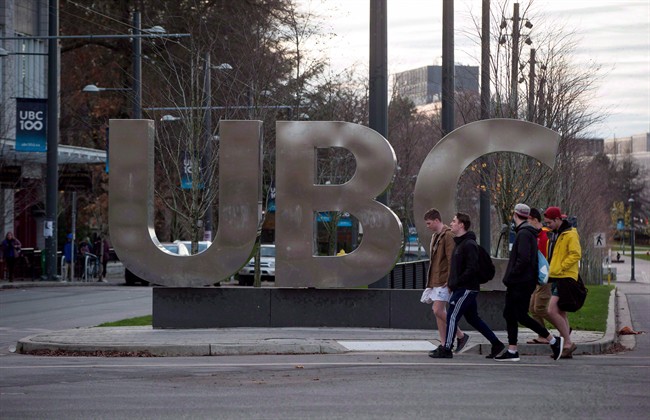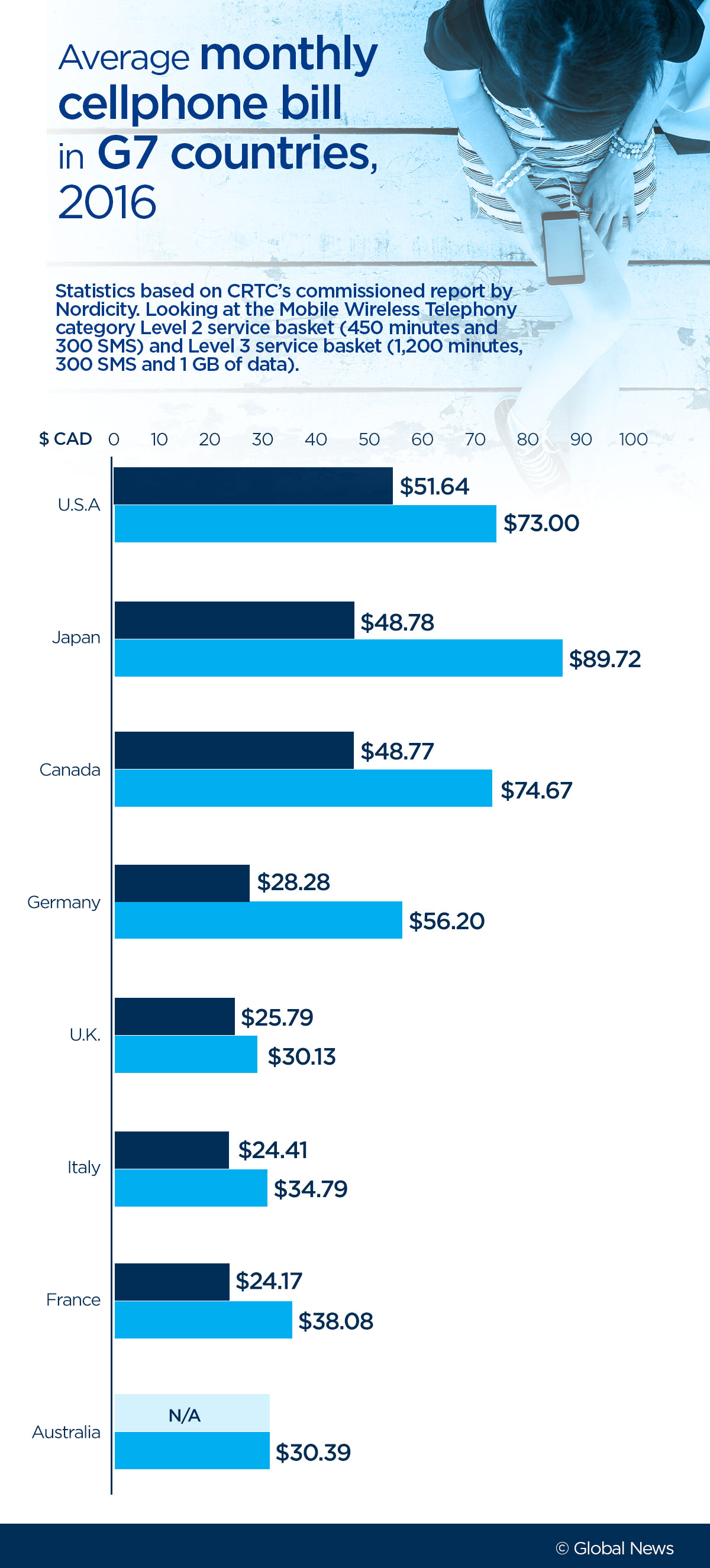There’s one part of Metro Vancouver where non-residents own more than one in 10 of the homes, according to data released by Statistics Canada on Tuesday.

But just like the last time the agency released data on non-resident homeowners, a different picture emerges when you drill deeper into the numbers.
WATCH: New data finds more foreign home ownership in Metro Vancouver

The data comes via the Canadian Housing Statistics Program (CHSP), an effort by Statistics Canada to track information on non-resident property ownership in B.C. and Ontario.
The latest release, which came after a separate one in December, provided revised data on property ownership in both provinces.
This one included a list showing the share of non-resident ownership in various municipalities, which were cited in the report as Census Subdivisions.
READ MORE: Foreign buyers may not live in Vancouver, but their money sure does — StatsCan
Non-resident ownership was relatively high in a number of communities known as vacation areas, such as Sun Peaks Mountain (16.5 per cent), Whistler (15.5 per cent) and Strathcona Electoral Area B (15.4 per cent), which includes Cortes Island.
But it also showed up at 14.5 per cent in Greater Vancouver A, an electoral area that includes areas such as the University of British Columbia (UBC), lands along Howe Sound and Barnston Island in the Fraser River.

Get breaking National news
Digging deeper into that 14.5 per cent figure shows a higher concentration of non-resident owners when you look at period of construction.
Andy Yan, director of SFU’s City Program, analyzed Statistics Canada’s previous release and found that, while overall non-resident ownership across Metro Vancouver was around five per cent, it was as high as 24 per cent depending on the period of construction and where it was built.
Yan was not available for this story, but he gave Global News permission to use similar methodology for data pertaining to Electoral Area A.
When you look at Electoral Area A, a region where much of the housing is concentrated at UBC, you find that, for condominium apartments built between 2016 and 2017, over 17 per cent are owned by non-residents — a higher share than in Vancouver, Burnaby, Surrey and Port Coquitlam.
The share of non-resident ownership is even higher when you look at units built between 2011 and 2015 — the data shows non-resident ownership in condominium apartments at 26.3 per cent, which was more than in Vancouver, Richmond, Burnaby, Coquitlam, Surrey and Port Coquitlam.
READ MORE: In Vancouver, you’re competing with non-residents for condos worth as little as $600K
The relatively high non-resident ownership in Electoral Area A didn’t surprise Nathanael Lauster, a UBC sociologist who has focused on housing.
“UBC has a lot of international students, it’s not too surprising that a lot of them may have parents who buy them places to live while they’re studying at UBC,” he said.

Non-residents have been shown to own higher-value homes across Metro Vancouver — but that wasn’t quite the case for condominium apartments in Electoral Area A.
There, the median value of a non-resident-owned condo was $874,500, while units owned by residents were valued at $882,000.
It remains true across Metro Vancouver, however, where the median value of resident-owned condos was $462,000 and for non-resident owned units was $528,000.
READ MORE: Foreign buyers ‘not the problem’ in Canada, says CEO of Chinese overseas real estate portal
Data that examines the value range of properties in Electoral Area A also shows a sizable number of non-resident owners.
They make up a nearly 15 per cent share of properties valued between between $400,000 and $599,999.

They also own a 19-per-cent share of properties valued between $600,000 and $799,999.
The ownership share climbs to 20.3 per cent for properties valued at more than $1.5 million.
The numbers suggest that, just like other parts of Metro Vancouver, residents could be competing with non-residents not only for luxury condos, but units worth as little as $400,000.










Comments